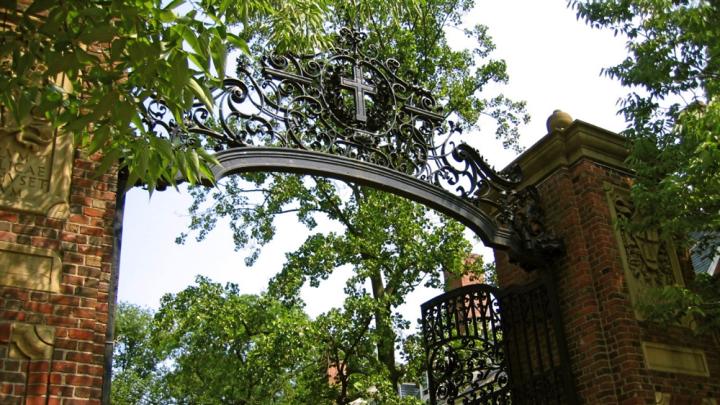President Donald J. Trump’s initial spending plan for the fiscal year beginning October 1, “America First: A Budget Blueprint to Make America Great Again,” unveiled in mid March (and its May elaboration), proposed much more money for the Pentagon, and much less for diplomacy and environmental protection. In the succinct view of Office of Management and Budget director Mick Mulvaney, “You can’t drain the swamp and leave all the people in it.” But legislators noted that they would have something to do with determining the nation’s priorities; according to Senator Marco Rubio, the Florida Republican, “The administration’s budget isn’t going to be the budget.”
If “swamp” is used in a different sense—the miasma of the unknown, the source of diseases and other threats to human well-being, or your metaphor of choice—the budget would impose a disaster on universities and all who benefit from the research conducted there, likely hobbling long-term economic growth as well. One headline figure: Trump proposed chopping National Institutes of Health funds by $5.8 billion, or 18 percent.
Health and Human Services secretary Tom Price subsequently testified before Congress that that sum could be saved without damaging research per se by trimming, or eliminating, overhead reimbursements to research institutions—so-called “indirect costs.” Direct grants pay for the scientists and staff members who do the experiments. Indirect reimbursements pay for the structure within which they work: institutional operating costs, buildings, libraries, and so on. Do away with the latter, and good luck conducting the former en plein air, so to speak.
The sums are not trivial. The rates of reimbursement, based on each institution’s costs, are negotiated every several years. In the fiscal year ended June 30, 2016, Harvard received $435.8 million in direct support for federal sponsored research—and an additional $161.5 million in indirect support: about 37 percent beyond the direct research costs, or 27 percent of total federal support. But “wet lab” research already operates at a loss; Harvard compensates with endowment funds and other revenues. Higher-education advocates point out that curbing or eliminating indirect-cost payments would decimate many public universities’ research: they simply could not cover the resulting losses—not a particularly populist outcome.
This upending of research is unlikely to survive congressional scrutiny. (Indeed, in the near term, Rubio was right: the congressional budget for funding through September 30 increased NIH’s fisc by $2 billion.)
But the deliberate, or inadvertent, targeting of indirect costs as expendable frills ought to be doubly troubling. As a political message, it may resonate among audiences unschooled in how research is paid for, or unsympathetic to the researchers who conduct it.
Closer to home, places like Harvard, renowned for making consequential discoveries, but at high costs (some schools’ nominal indirect-cost rates approach 70 percent—but generate less in practice), need to speak up in support of research, of course, but also to be acutely aware of expenses. The Trump budget is another challenge, among several, to University revenues—a frequent topic for Harvard’s leaders . The new science and engineering complex arising in Allston (a billion-dollar project, in which Harvard hopes productive research will proceed, and be reimbursed, for decades) is described as more efficient and cost-effective than the four-building design originally envisioned. In a much more challenging environment for research funding, that kind of value engineering needs to become gospel across the institution. That is even more the case for disciplining administrative expenses—now, and perhaps for decades to come.








